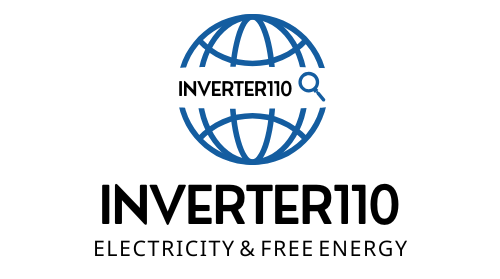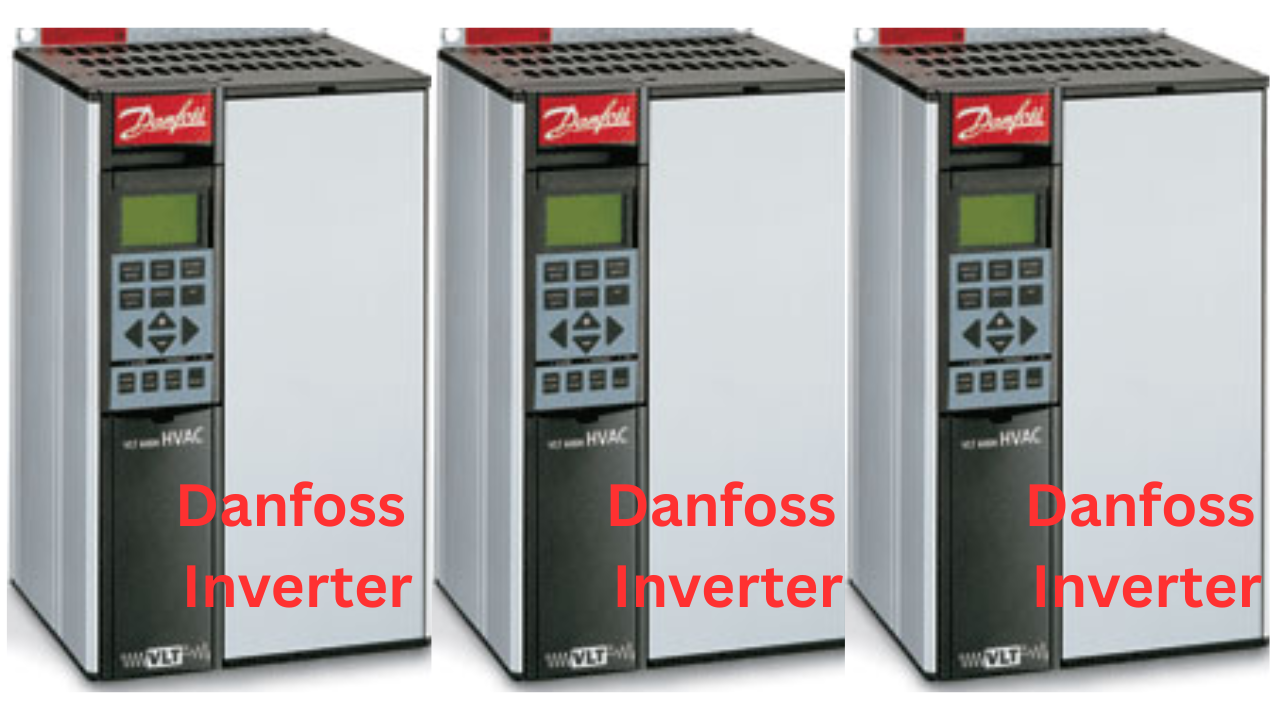Introduction to Danfoss Inverter Technology
Danfoss Inverter technology plays a pivotal role in modern electrical and mechanical systems by allowing precise control over motor speeds and operational outputs. Danfoss has been at the forefront of developing inverter solutions that cater to a wide range of industries, ensuring optimal performance and energy efficiency. Their inverters are designed to convert electrical energy into usable forms with minimal loss, thereby enhancing the overall system efficiency.
Types of Danfoss Inverters
Danfoss Inverter offers a diverse portfolio of inverters tailored to meet specific application requirements. The primary categories include.
1. Variable Speed Inverter Compressors
These compressors are designed for applications requiring variable capacity modulation. By adjusting the motor speed, they provide precise cooling and heating outputs, leading to significant energy savings and improved comfort. Notable models in this category include the VZH, VSH, and VRJ series.
2. High Voltage Electric Inverters
Engineered for hybrid and electric drivetrains in vehicles, machines, and marine applications, these inverters control the flow of electric power, ensuring efficient and reliable operation. The Danfoss Editron series exemplifies this technology.
3. Solar and Wind Power Inverters
Danfoss provides inverters that convert energy harnessed from renewable sources like solar panels and wind turbines into usable electrical power, facilitating integration into the power grid.
4. AC Drives
These drives are utilized in HVAC systems to control the speed of electric motors, thereby optimizing energy consumption and enhancing system performance. The VLT® HVAC Basic Drive FC 101 is a prominent example.
Key Features of Danfoss Inverters
Danfoss inverters are distinguished by several innovative features that contribute to their superior performance.
1. Variable Speed Control
This feature allows the inverter to adjust the motor speed in real-time based on demand, leading to precise control over system outputs and significant energy savings.
2. Intermediate Discharge Valves (IDVs)
IDVs optimize performance across varying pressure ratios, enhancing efficiency and reliability in different operating conditions.
3. Permanent Magnet Motors
Utilizing permanent magnet technology, these motors maintain high efficiency across all speeds, contributing to overall energy savings and reduced operational costs.
4. Compact and Reliable Design
Danfoss inverters are engineered for space-saving installations without compromising on durability, ensuring long-term reliable operation.
Benefits of Using Danfoss Inverters
Implementing Danfoss inverter technology offers numerous advantages:
1. Enhanced Energy Efficiency
By modulating motor speeds to match load requirements, Danfoss inverters significantly reduce energy consumption, leading to lower utility bills and a reduced carbon footprint.
2. Precise Temperature and Humidity Control
In HVAC applications, the precise control afforded by inverters ensures consistent indoor climates, enhancing occupant comfort and protecting sensitive equipment.
3. Reduced Mechanical Wear
Smooth acceleration and deceleration of motors minimize mechanical stress, extending the lifespan of system components and reducing maintenance costs.
4. Lower Starting Currents
Inverters reduce the inrush current during motor startup, decreasing electrical stress on components and enhancing system reliability.
Applications of Danfoss Inverter Technology
Danfoss inverters are versatile and find applications across various sectors:
1. HVAC Systems
In heating, ventilation, and air conditioning systems, inverters enable precise control over compressors and fans, optimizing energy use and improving indoor air quality.
2. Refrigeration
In refrigeration units, variable speed compressors adjust cooling capacity to match demand, enhancing food preservation and reducing energy consumption.
3. Industrial Processes
Inverters control motor speeds in various industrial applications, improving process efficiency, product quality, and reducing operational costs.
4. Renewable Energy Systems
Danfoss inverters convert energy from renewable sources into usable power, facilitating the integration of green energy into the grid and promoting sustainability.
Case Studies Highlighting Danfoss Inverter Solutions
Real-world implementations underscore the effectiveness of Danfoss inverters:
1. Hospital Ventilation System Upgrade
A hospital modernized its kitchen ventilation system by replacing an outdated drive with the VLT® HVAC Basic Drive FC 101, resulting in enhanced control and significant energy savings.
2. Supermarket HVACR Integration
Danfoss Inverter solutions enabled a supermarket to integrate its HVAC and refrigeration systems, achieving improved energy efficiency and reduced operational costs
When terminal 14 is used as frequency command please h3-09 (frequency command (current ) terminal 14 function selection ) to be if otherwise if you use this function fault (o p e 03) will occur . when h3 -09 (frequency command ( current ) terminal 14 function selection ) is set as if but multi function input is not set as if (frequency command terminal 13/14 selection ) , then the value which comes from the minus and plus calculation on command from terminal 13/14 will be taken as main frequency command value .<
base block command nc (setting :9).
off =base blocking .
on = normal operation .
it is function to block base electrode via exterior command . base block is to cut the inverter,s output .once base block command is input the motor will coast to stop . since the output frequency value is memorized . once the base block is discharged this frequency will be output in this time since the output frequency i rising by steps in the occasion where base block command needs to be input at high speed some safety precautions needs to be adopted for example to set the operation command to be off when operation command i set as off the memorized output frequency value in interior will drop to zero when base block command is discharged the voltage will be reset according to voltage reset time (l2-04) .
To remain as deceleration / acceleration stop (setting : a) .
off = normal operation or restart with acceleration / deceleration
on = stop acceleration / deceleration remain the frequency .
when acceleration / deceleration dwelling function is input the acceleration / deceleration will stop and the output frequency at that moment will be kept . when the acceleration/deceleration dwelling function is input and the stop command is input the inverter will stop operation when d4-01 (frequency command ,s dwelling function selection is set as 1 the dwelling frequency is recorded since this value is kept even after the power is off the inverter will operate at this frequency after the operation command is input again .
Acceleration/deceleration stops.
When D4-01=1, the output frequency is memorized the inverter needs to operate at this frequency after stop in this case please input operation command when acceleration /deceleration is on .
in the occasion with d4-01=0 , if the operation command is input when the acceleration / deceleration is on the 0 output frequency will remain.


Great write-up, I am normal visitor of one¦s site, maintain up the nice operate, and It is going to be a regular visitor for a long time.
The next time I read a blog, I hope that it doesnt disappoint me as much as this one. I mean, I know it was my choice to read, but I actually thought youd have something interesting to say. All I hear is a bunch of whining about something that you could fix if you werent too busy looking for attention.
I absolutely liked the style this was explained.